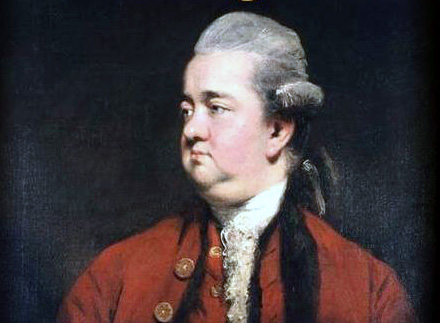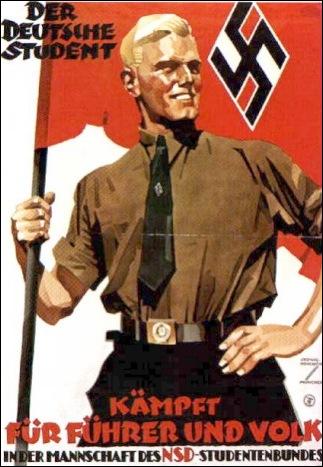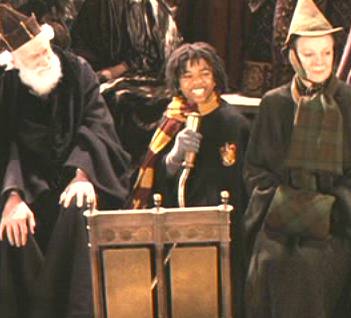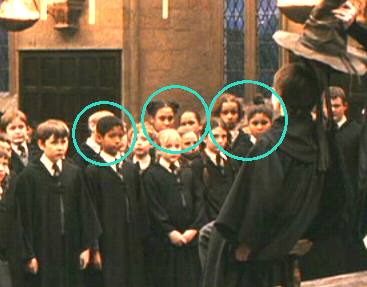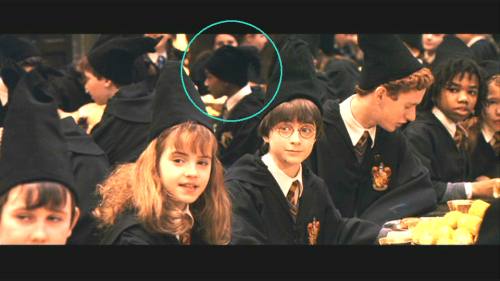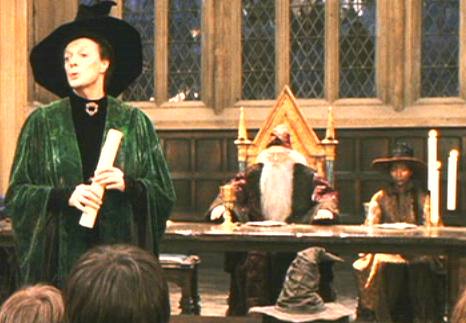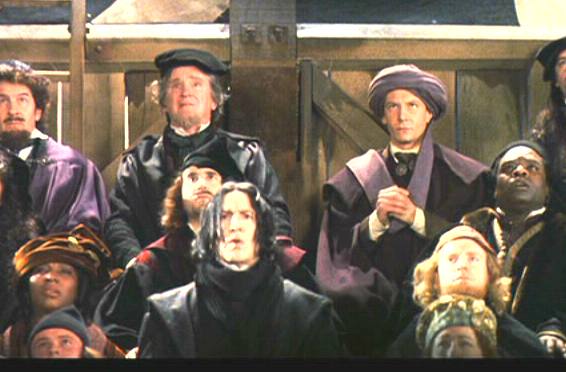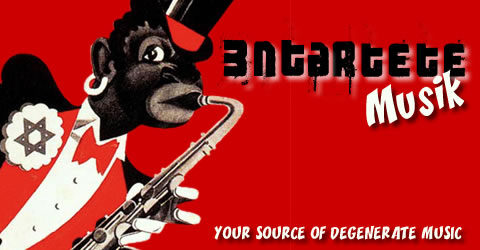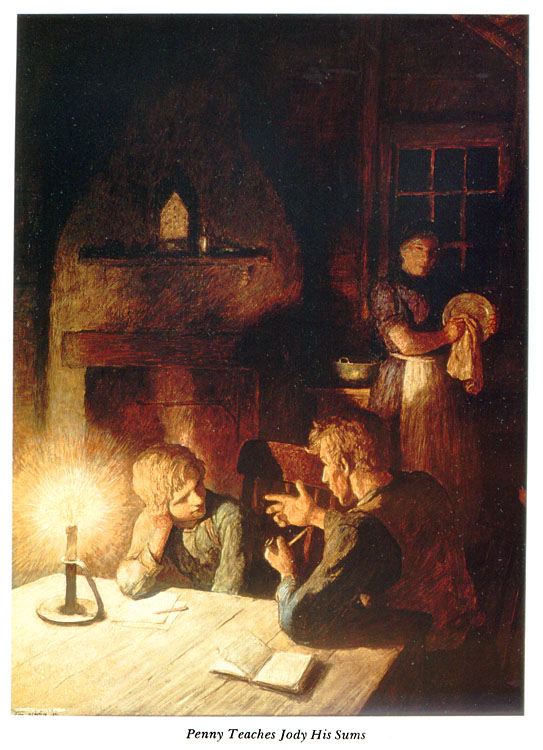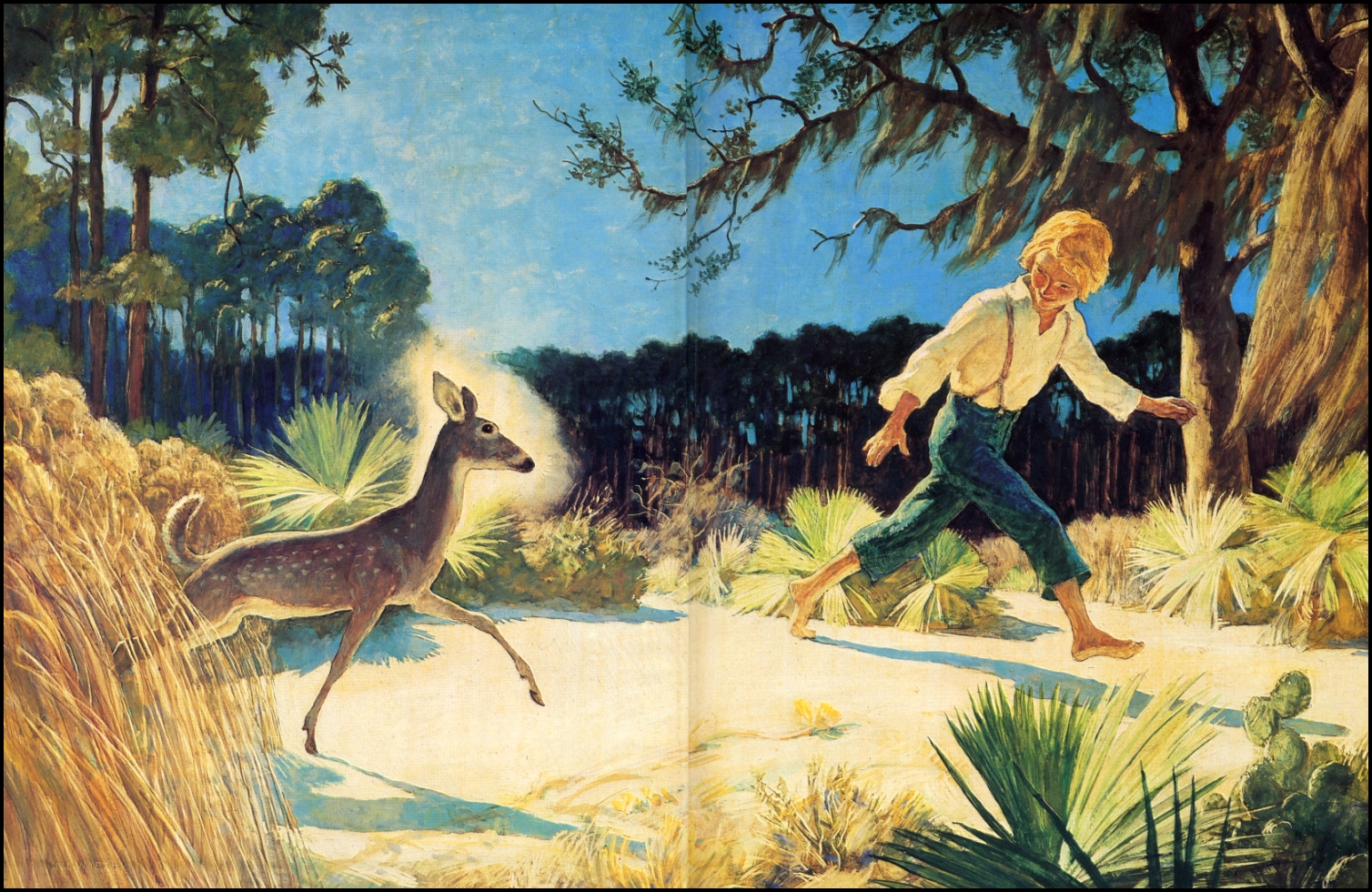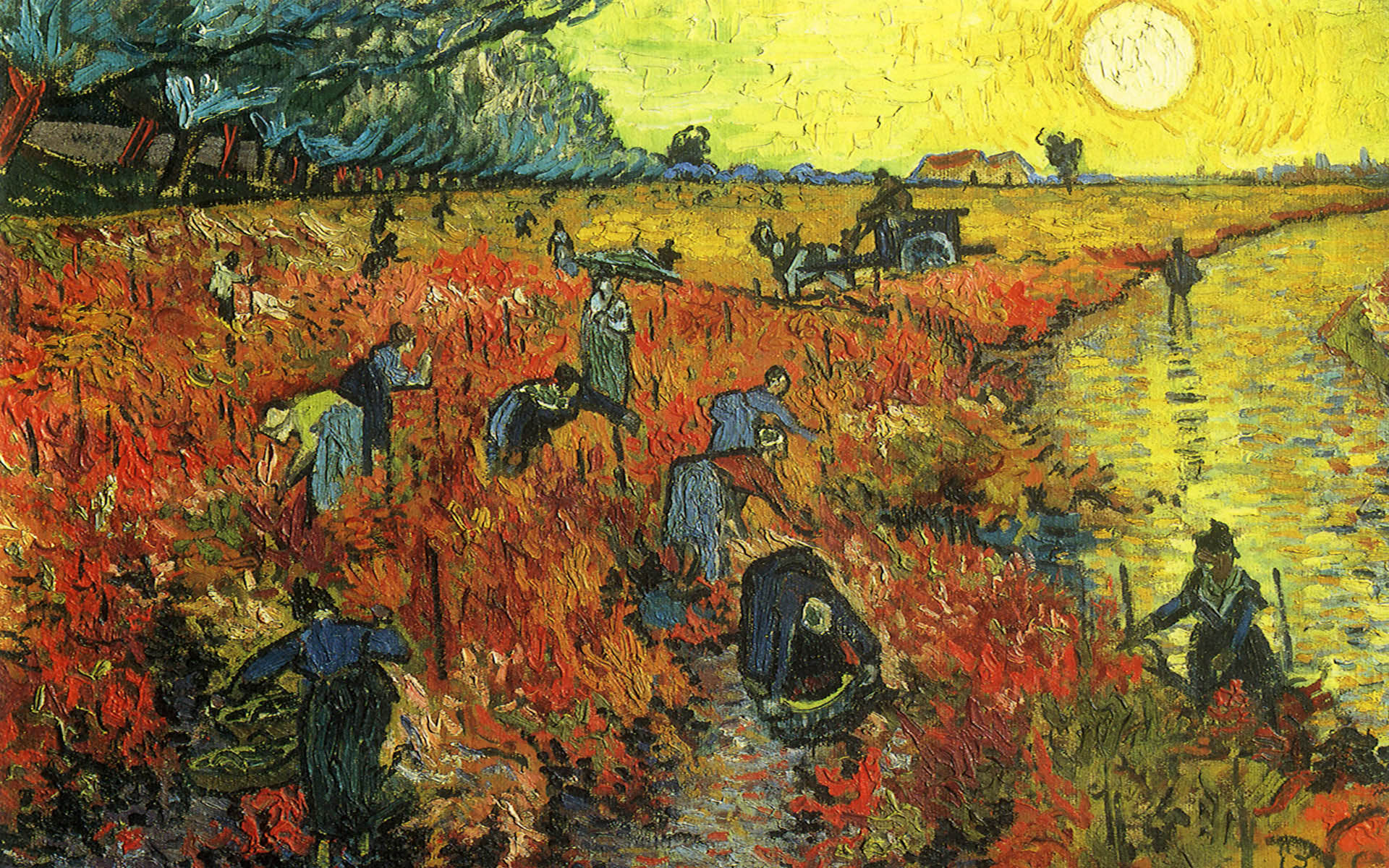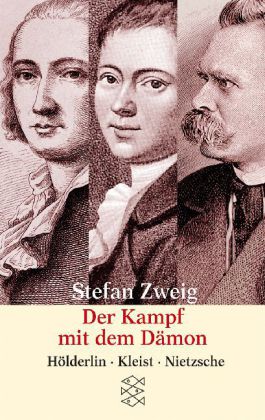The History of the Decline and Fall
of the Roman Empire
Chapter XXIII
Reign of Julian
Part III
In the midst of a rocky and barren country, the walls of Jerusalem enclosed the two mountains of Sion and Acra, within an oval figure of about three English miles. Towards the south, the upper town, and the fortress of David, were erected on the lofty ascent of Mount Sion: on the north side, the buildings of the lower town covered the spacious summit of Mount Acra; and a part of the hill, distinguished by the name of Moriah, and levelled by human industry, was crowned with the stately temple of the Jewish nation.
After the final destruction of the temple by the arms of Titus and Hadrian, a ploughshare was drawn over the consecrated ground, as a sign of perpetual interdiction. Sion was deserted; and the vacant space of the lower city was filled with the public and private edifices of the Ælian colony, which spread themselves over the adjacent hill of Calvary. The holy places were polluted with mountains of idolatry; and, either from design or accident, a chapel was dedicated to Venus, on the spot which had been sanctified by the death and resurrection of Christ.
Almost three hundred years after those stupendous events, the profane chapel of Venus was demolished by the order of Constantine; and the removal of the earth and stones revealed the holy sepulchre to the eyes of mankind. A magnificent church was erected on that mystic ground, by the first Christian emperor; and the effects of his pious munificence were extended to every spot which had been consecrated by the footstep of patriarchs, of prophets, and of the Son of God.
The passionate desire of contemplating the original monuments of their redemption attracted to Jerusalem a successive crowd of pilgrims, from the shores of the Atlantic Ocean, and the most distant countries of the East; and their piety was authorized by the example of the empress Helena, who appears to have united the credulity of age with the warm feelings of a recent conversion. Sages and heroes, who have visited the memorable scenes of ancient wisdom or glory, have confessed the inspiration of the genius of the place; and the Christian who knelt before the holy sepulchre, ascribed his lively faith, and his fervent devotion, to the more immediate influence of the Divine Spirit.
The zeal, perhaps the avarice, of the clergy of Jerusalem, cherished and multiplied these beneficial visits. They fixed, by unquestionable tradition, the scene of each memorable event. They exhibited the instruments which had been used in the passion of Christ; the nails and the lance that had pierced his hands, his feet, and his side; the crown of thorns that was planted on his head; the pillar at which he was scourged; and, above all, they showed the cross on which he suffered, and which was dug out of the earth in the reign of those princes, who inserted the symbol of Christianity in the banners of the Roman legions.
Such miracles as seemed necessary to account for its extraordinary preservation, and seasonable discovery, were gradually propagated without opposition. The custody of the true cross, which on Easter Sunday was solemnly exposed to the people, was intrusted to the bishop of Jerusalem; and he alone might gratify the curious devotion of the pilgrims, by the gift of small pieces, which they encased in gold orgems, and carried away in triumph to their respective countries.
But as this gainful branch of commerce must soon have been annihilated, it was found convenient to suppose, that the marvelous wood possessed a secret power of vegetation; and that its substance, though continually diminished, still remained entire and unimpaired. It might perhaps have been expected, that the influence of the place and the belief of a perpetual miracle, should have produced some salutary effects on the morals, as well as on the faith, of the people.
Yet the most respectable of the ecclesiastical writers have been obliged to confess, not only that the streets of Jerusalem were filled with the incessant tumult of business and pleasure, but that every species of vice–adultery, theft, idolatry, poisoning, murder–was familiar to the inhabitants of the holy city. The wealth and preeminence of the church of Jerusalem excited the ambition of Arian, as well as orthodox, candidates; and the virtues of Cyril, who, since his death, has been honored with the title of Saint, were displayed in the exercise, rather than in the acquisition, of his Episcopal dignity. The vain and ambitious mind of Julian might aspire to restore the ancient glory of the temple of Jerusalem.
As the Christians were firmly persuaded that a sentence of everlasting destruction had been pronounced against the whole fabric of the Mosaic law, the Imperial sophist would have converted the success of his undertaking into a specious argument against the faith of prophecy, and the truth of revelation. He was displeased with the spiritual worship of the synagogue; but he approved the institutions of Moses, who had not disdained to adopt many of therites and ceremonies of Egypt.
The local and national deity of the Jews was sincerely adored by a polytheist, who desired only to multiply the number of the gods; and such was the appetite of Julian for bloody sacrifice, that his emulation might be excited by the piety of Solomon, who had offered, at the feast of the dedication, twenty-two thousand oxen, and one hundred and twenty thousand sheep. These considerations might influence his designs; but the prospect of an immediate and important advantage would not suffer the impatient monarch to expect the remote and uncertain event of the Persian war.
He resolved to erect, without delay, on the commanding eminence of Moriah, a stately temple, which might eclipse the splendor of the church of the resurrection on the adjacent hill of Calvary; to establish an order of priests, whose interested zeal would detect the arts, and resist the ambition, of their Christian rivals; and to invite a numerous colony of Jews, whose stern fanaticism would be always prepared to second, and even to anticipate, the hostile measures of the Pagan government. Among the friends of the emperor (if the names of emperor, and of friend, are not incompatible) the first place was assigned, by Julian himself, to the virtuous and learned Alypius.
The humanity of Alypius was tempered by severe justice and manly fortitude; and while he exercised his abilities in the civil administration of Britain, he imitated, in his poetical compositions, the harmony and softness of the odes of Sappho. This minister, to whom Julian communicated, without reserve, his most careless levities, and his most serious counsels, received an extraordinary commission to restore, in its pristine beauty, the temple of Jerusalem; and the diligence of Alypius required and obtained the strenuous support of the governor of Palestine.
At the call of their great deliverer, the Jews, from all the provinces of the empire, assembled on the holy mountain of their fathers; and their insolent triumph alarmed and exasperated the Christian inhabitants of Jerusalem. The desire of rebuilding the temple has in every age been the ruling passion of the children of Isræl. In this propitious moment the men forgot their avarice, and the women their delicacy; spades and pickaxes of silver were provided by the vanity of the rich, and the rubbish was transported in mantles of silk and purple.
Every purse was opened in liberal contributions, every hand claimed a share in the pious labor, and the commands of a great monarch were executed by the enthusiasm of a whole people. Yet, on this occasion, the joint efforts of power and enthusiasm were unsuccessful; and the ground of the Jewish temple, which is now covered by a Mahomet a mosque, still continued to exhibit the same edifying spectacle of ruin and desolation. Perhaps the absence and death of the emperor, and the new maxims of a Christian reign, might explain the interruption of an arduous work, which was attempted only in the last six months of the life of Julian.
But the Christians entertained a natural and pious expectation, that, in this memorable contest, the honor of religion would be vindicated by some signal miracle. An earthquake, a whirlwind, and a fiery eruption, which overturned and scattered the new foundations of the temple, are attested, with some variations, by contemporary and respectable evidence. This public eventis described by Ambrose, bishop of Milan, in an epistle to the emperor Theodosius, which must provoke the severe animadversion of the Jews; by the eloquent Chrysostom, who might appeal to the memory of the elder part of his congregation at Antioch; and by Gregory Nazianzen, who published his account of the miracle before the expiration of the same year.
The last of these writers has boldly declared, that this preternatural event was not disputed by the infidels; and his assertion, strange as it may seem is confirmed by the unexceptionable testimony of Ammianus Marcellinus. The philosophic soldier, who loved the virtues, without adopting the prejudices, of his master, has recorded, in his judicious and candid history of his own times, the extraordinary obstacles which interrupted the restoration of the temple of Jerusalem.
“Whilst Alypius, assisted by the governor of the province, urged, with vigor and diligence, the execution of the work, horrible balls of fire breaking out near the foundations, with frequent and reiterated attacks, rendered the place, from time to time, inaccessible to the scorched and blasted workmen; and the victorious element continuing in this manner obstinately and resolutely bent, as it were, to drive them to a distance, the undertaking was abandoned.”
Such authority should satisfy a believing, and must astonish an incredulous, mind. Yet a philosopher may still require the original evidence of impartial and intelligent spectators. At this important crisis, any singular accident of nature would assume the appearance, and produce the effects of areal prodigy. This glorious deliverance would be speedily improved and magnified by the pious art of the clergy of Jerusalem, and the active credulity of the Christian world and, at the distance of twenty years, a Roman historian, care less of theological disputes, might adorn his work with the specious and splendid miracle.
